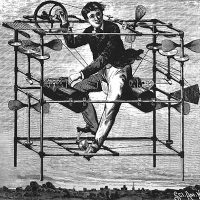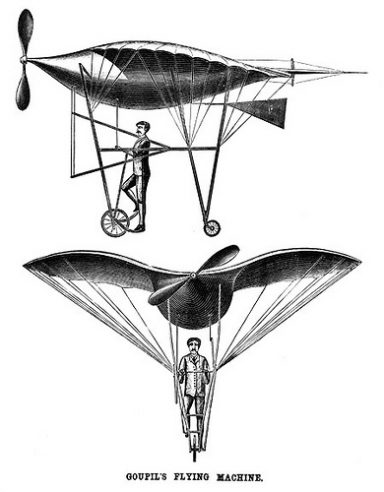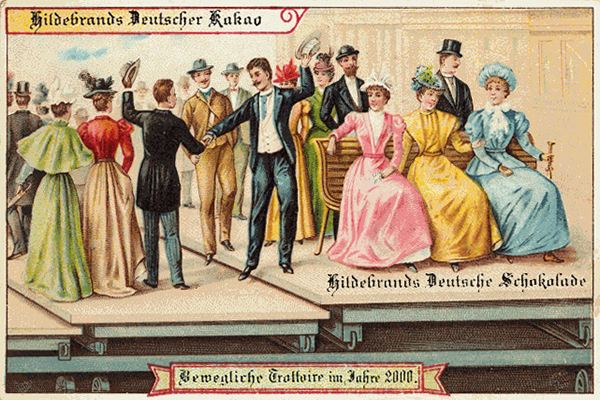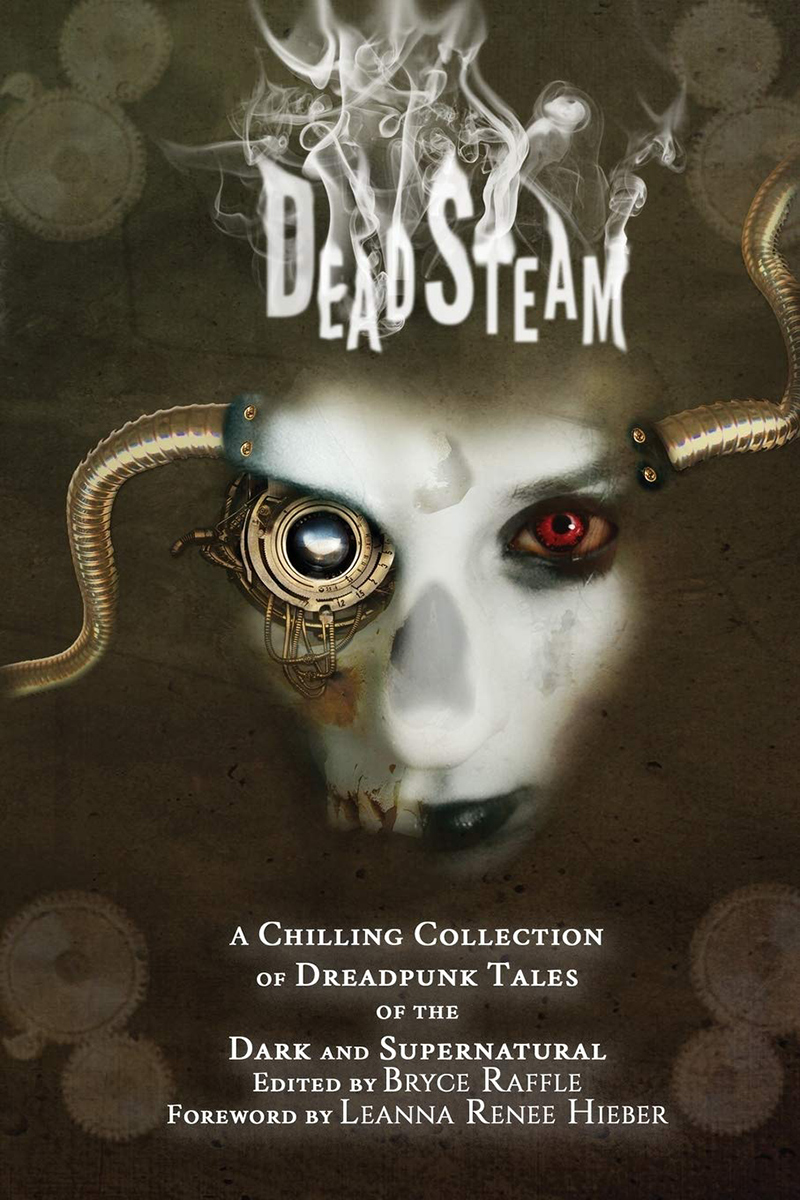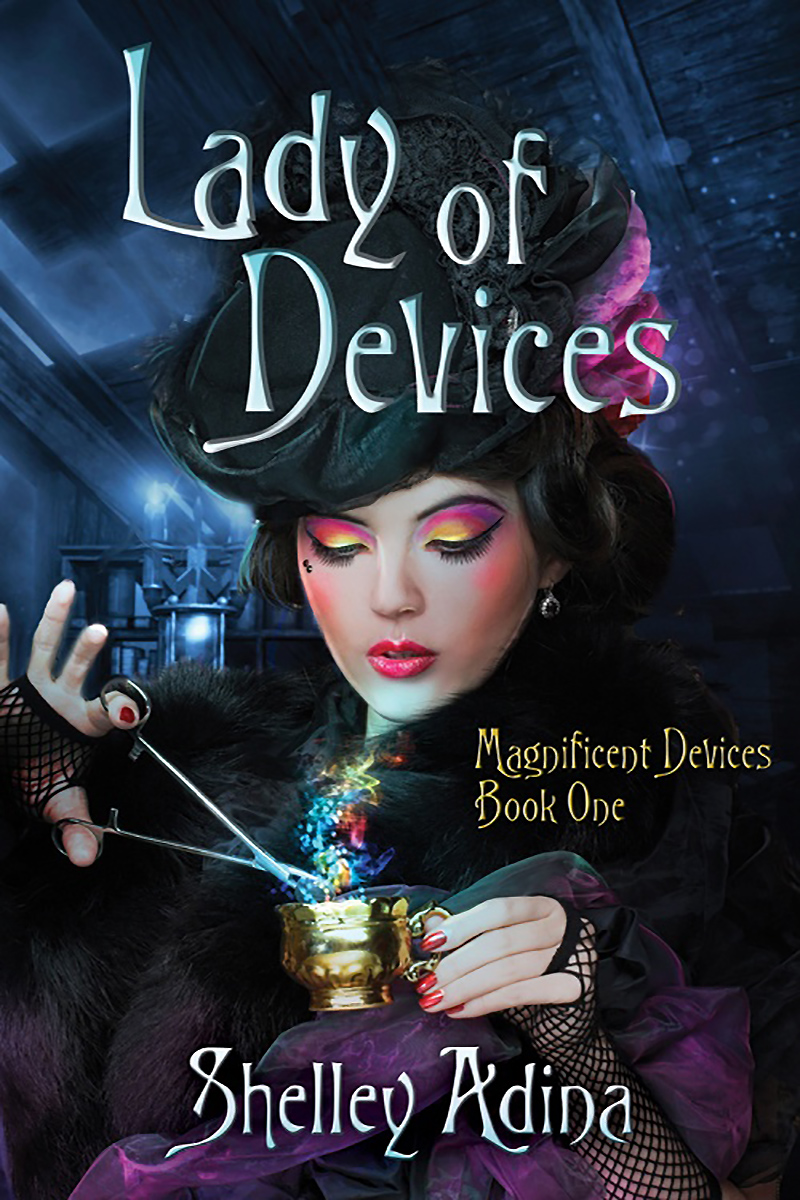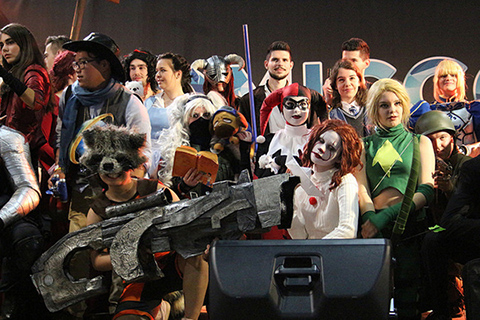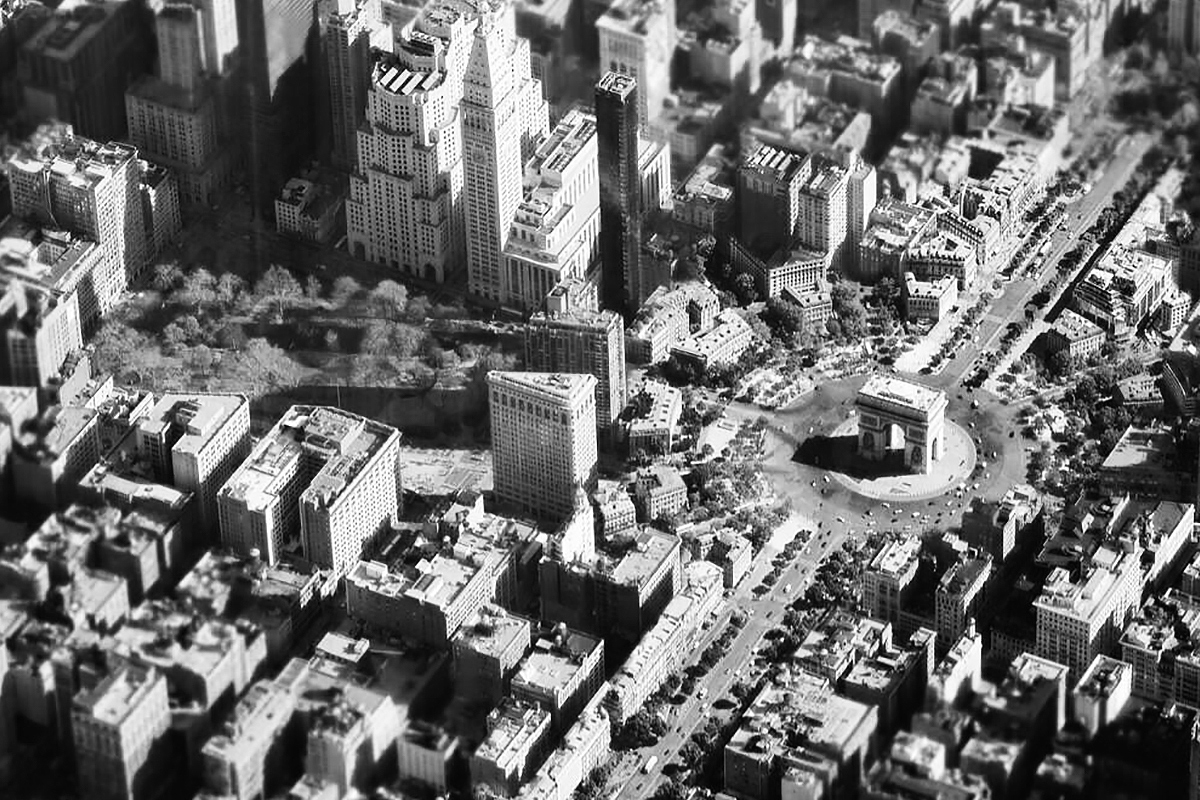The genre of steampunk is often inspired by the nineteenth century, the Victorians, and futurism. It’s about alternate futures or futuristic ideas of times past. But how did the Victorians view the future?
The nineteenth century was a time of many rapid changes. In a fairly short span of time many scientific breakthroughs were made, many new objects and machines invented. Things moved at a fast and exhilarating pace. It could be compared to the current developments around the internet and computers: things are changed and invented at such a speed that it’s hard to keep track sometimes, and you can reminisce with your friends about times when no one had a mobile phone. Just like that, Victorians reminisced about times without diesel power, electric motors or bicycles.
The power to travel anywhere
A big part of the ideas about the future was that man could travel anywhere.
Already, traveling had changed a lot since the eighteenth century. In 1803, the steam-powered train made its first journey. Soon train travel became faster and easier, with special passenger cars, timetables and set schedules and later on the Pullman Sleeping car.
Another important method of traveling, the bicycle, was invented in 1866. Even though it seems like a simple and straightforward item now, to the Victorians this was a breakthrough.
Victorians not only dreamed of traveling faster and further, they wanted to travel in all elements. Many machines were built to travel on seas and under seas.
But most energy and brainpower was used on working out how man could fly. Ranging from hot air balloons to pedals-and-wings flying machines to objects consisting of flapping wings attached to a sort of harness, Victorians thought about it all. Man would fly in the future, that much was sure.
Work was made easier
In the nineteenth century, industry was changing rapidly, with increasingly more work being done by machines.
It used to be that materials were cheap but man labor was expensive. Now the work could be done by machines. This meant that many jobs became easier or a little less boring and items could be produced at a much higher speed and accuracy.
One thing the Victorians knew for certain: a machine could never work on its own. Drawings of the first elevator of the Eiffel Tower show a man “operating” the machine (even though it worked fine on its own). They felt that there should always be someone to attend to the machine and to be in charge.
Worldwide communication
With electricity came the telegraph, which has been referred to as the “Victorian Internet.” Ada Lovelace (the daughter of Lord Byron) together with Charles Babbage, worked on a machine that could process algorithms on its own, thereby inventing the first computer of its kind. Many people spend many hours in inventing the telephone, which was perfected and ready for use by the end of the nineteenth century.
These new and fast-changing ways of communication thrilled the Victorians and they imagined many ways of communicating with people around the globe. They would have never though of an age where news is spread through Twitter, though!
Society of the future
Little is known about Victorian views on future society. This might have to do with the fact that Victorians viewed themselves as the height of civilization, a society that was, overall, very well off. So they would presume future societies not to differ too much.
Many utopian or dystopian stories tell us about the wrongs of society, but these are not generally predictions of the future. Some of these stories do show ideas that would be tried out in times to come, for example the Marxist/Socialist News from Nowhere by William Morris, about a society without individual property, where labor and the fruits of labor are equally shared, foreshadowing a communist Russia.
The dark side of science
However, there also was another current of feeling, which was not very visible but present nonetheless. Some Victorians were hesitant about the future. Even though religion was much less important than it had been, in a secular world many people were still afraid to play god, to mingle in the unknown, to have to pay for their actions. What happens when science goes too far, when things get out of control? Marry Shelley explored this theme in Frankenstein, where a scientific experiment quite literally goes on the loose and starts wreaking havoc, wanting revenge on its maker.
Victorians were curious about the unknown, but afraid of it too. This is evident from the many ghost stories and the horror genre that blossomed.
These days, horror movies are about natural disasters or armed psychopaths. In the Victorian era, tales of horror dealt with things unknown, things acting on its own and being out of control. An example of this is Poe’s famous The Tell-Tale Heart.
When you look at it closely, the nineteenth century wasn’t so much different from ours. We are a little wiser and we definitely have better social systems in place to protect the poor and unfortunate. But just like the Victorians, we’re alternately baffled and thrilled by science and modern inventions and always looking for the next big thing to come.
Dickens sums it up nicely:
In short, the period was so far like the present period, that some of its noisiest authorities insisted on its being received, for good or for evil, in the superlative degree of comparison only.

